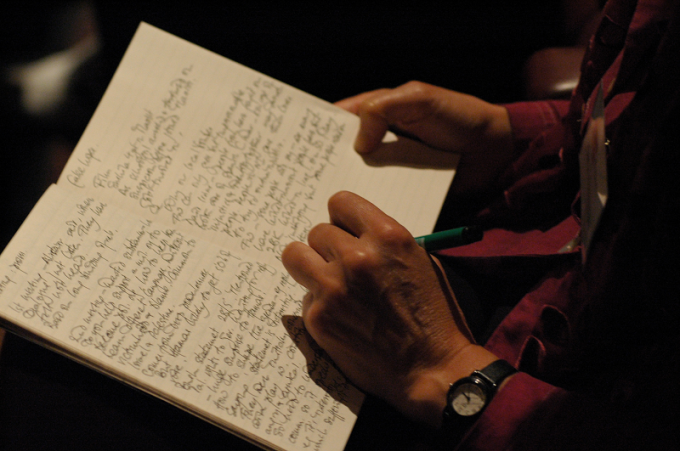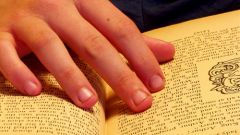Instruction
1
Description – this image of the phenomena, objects, persons by successive transfer and disclosure of its main characteristics. For example, describing a person, we highlight the following signs: height, posture, age, eyes, hair color and so on; the description of the apartment will contain other signs: the size, the height of the walls, decoration, furniture, number of Windows. The purpose of this type of speech lies in the fact that the reader saw the subject matter, was able to imagine it in your imagination.
Description can be found in all styles of speech, but in scientific style the characteristics of items should be the most complete and artistic style, the emphasis is only on the most striking features. Therefore, the language tools in artistic style is more diverse compared to the research: it can be not only nouns and adjectives but also adverbs, verbs, are also common epithets, comparisons.
Description can be found in all styles of speech, but in scientific style the characteristics of items should be the most complete and artistic style, the emphasis is only on the most striking features. Therefore, the language tools in artistic style is more diverse compared to the research: it can be not only nouns and adjectives but also adverbs, verbs, are also common epithets, comparisons.
2
A narrative is a story about the event compliance with the interim order. For any narrative text is the presence of ties (the beginning event), the development of the event and the denouement (the end of the narrative). You can tell how from a third party (author's story) and first person (the narrator is named or referred to by using the pronoun "I").
In the narrative the most often used verbs of the past tense perfective. But to enhance the expression of the text, the author can use other: verbs present allow the reader to visualize the action takes place in their eyes, the perfect verbs show the duration of the operation, the future tense form help the author to convey the swiftness and unexpectedness of the action.
In the narrative the most often used verbs of the past tense perfective. But to enhance the expression of the text, the author can use other: verbs present allow the reader to visualize the action takes place in their eyes, the perfect verbs show the duration of the operation, the future tense form help the author to convey the swiftness and unexpectedness of the action.
3
The argument is the study of the properties of various objects and phenomena, examination of their relationship. The reasoning goes as follows: first is formed by the thesis (the idea you want to prove or disprove), then lists the arguments with examples, and the final part is the conclusion.
The thesis should be clear, the arguments cogent and sufficient to confirm the proposed thesis. Between the thesis and arguments should be visible to a logical connection.
The thesis should be clear, the arguments cogent and sufficient to confirm the proposed thesis. Between the thesis and arguments should be visible to a logical connection.

